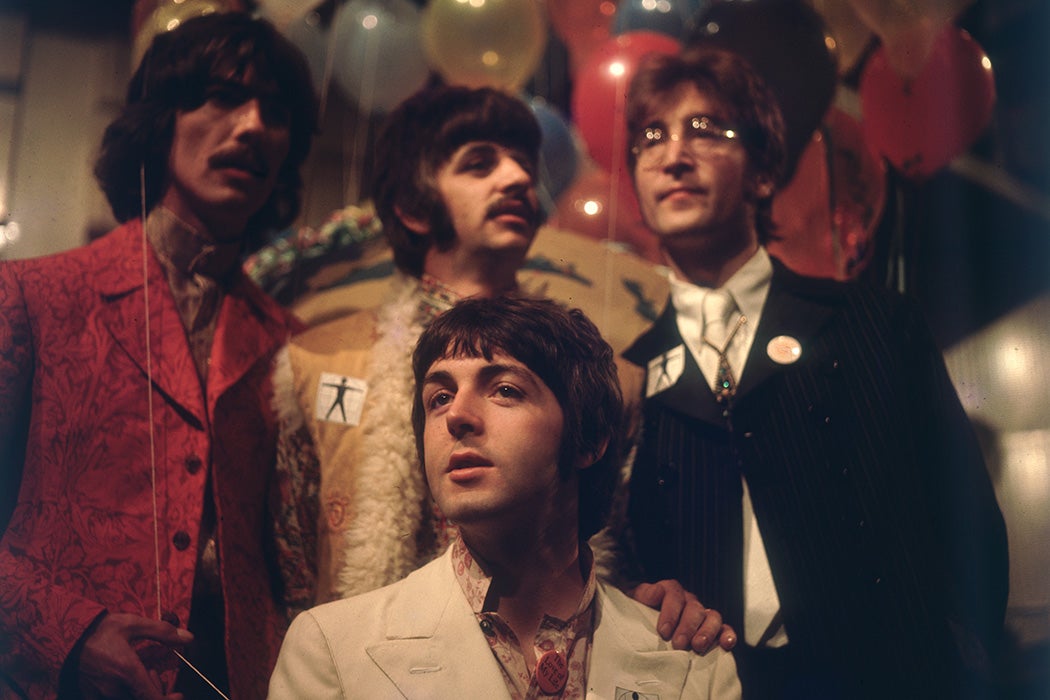In this time of social distancing, everything from church services to DJ sets have gone digital. According to Instagram, the service experienced a 70 percent increase between February and March 2020. In late April, The Verge reported that the videoconferencing service Zoom “has surpassed 300 million daily meeting participants.” There are virtual cocktail parties, game nights, writing workshops, and drawing lessons.
But the idea of wanting to share in something collectively, even across the miles, isn’t a new phenomenon. In 1967, BBC television wanted to make the world feel a little smaller, and led by producer Aubrey Singer, they did so with Our World, which musicologist Andrew Scott writes was the “first worldwide simulcast,” seen by at least 150 million people (and as many as 400 million).
Broadcast on June 25, 1967, the event featured performers from around the globe. Although it was marketed as a way to bring a distant world together, it also had other aims. Program producers looked at the event as a way to test satellite technology, and Singer, in particular, was drawn to the idea of what media theorist Marshall McLuhan termed “the global village,” essentially, a future where technology would serve as a connector.
Writing in The American Scholar in 1966, Singer explained, “Theoretically a picture could originate in Tokyo, be sent across to Vladivostok, then to Moscow, through Europe to Britain, across the Atlantic by satellite, across America by landline, across the Pacific by satellite and back to Tokyo.” Additionally, he continued, “Television is rapidly becoming one of the main contributors to the stream of information that makes up the feedback from the world to man…. Television is at its best in raw direct communication between people with things to say.”
Our World featured performances and presentations from fourteen countries, and included artists like opera singer Maria Callas and pianist Van Cliburn, and even four live births. It also offered slices of life, like a Parisian traffic jam, a shrimp farm in Japan, and, as the Sydney Morning Herald wrote at the time, “a French parachutist trying a freefall with a camera strapped to him.” The producers also saw the event as a way to highlight what they saw as pressing humanitarian and global issues. However, despite expressing their desire to participate at the 1965 UNESCO meeting, developing nations like Nigeria, Pakistan, and India were excluded. The producers instead relied on charts and graphs to illustrate what they saw as problems in those regions.
Weekly Newsletter
But perhaps the event’s most famous performance came from a band representing Britain—the Beatles—who debuted “All You Need Is Love.” As Scott writes, the song shot to number one in the United Kingdom and was on the American Top 40 for nine weeks that summer. This performance, he explains, also marked the first time the Beatles had been seen in concert since their retirement from live performance in 1966.
Those early days of using technology to connect us are part of why it is so much a part of everyday life now. We are, at any time, able to witness powerful, painful, uplifting, and communal moments in seconds. In 1967, Singer told the Australian newspaper The Age that “Just as a director in a studio uses five cameras to build a single programme, our studio is the Earth and we’re using 300 cameras.”







